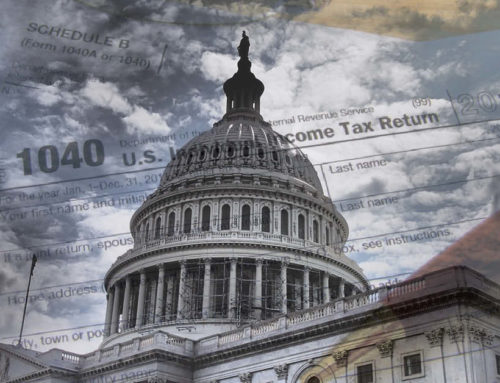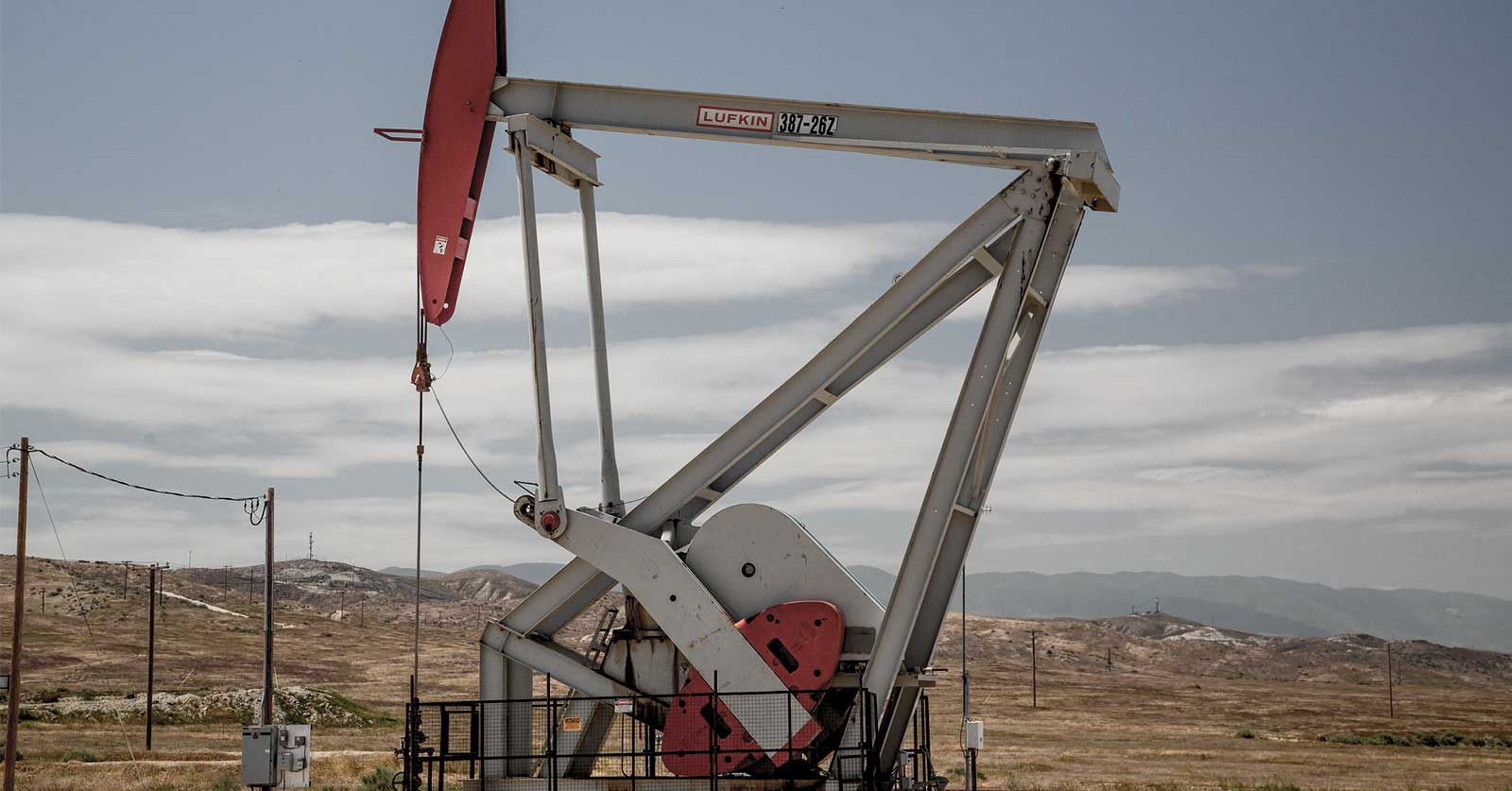Less than a week before President Trump’s self-imposed deadline to strike a new trade deal with China or else increase tariff rates on goods imported from China, enough progress was made by the US and China for him to delay raising the tariffs.
That depends on how you define progress. Because we don’t see enough substantive progress, contrary to what the president believes.
Way back in September, Mr. Trump announced a 10 percent tariff on $200 billion worth of goods imported from China, to go along with a previously announced 25 percent tariff on $50 billion worth of other Chinese goods that started in July and August. Here’s a timeline of events. In September the president also threatened to raise the tariff on this same $200 billion worth of Chinese goods to 25 percent on January 1, 2019 if China would not negotiate a new trade deal.
Citing adequate progress in trade talks, Mr. Trump promised on December 1, 2018 not to raise tariffs to 25 percent until March 1, 2019 in order for the two sides to work out differences regarding intellectual property protection and market access. Though no deal has been agreed to, citing adequate progress, again, the president announced an indefinite delay on increasing tariff rates.
Delaying an increase in tariffs may be good news, but it isn’t an end to the trade war. Not by a long shot. It’s still unclear whether or not there will be actual progress on a deal between the U.S. and China that addresses systemic trade disagreements between the two countries.
What is clear is that for nearly nine months now, American manufacturers and consumers have been taxed when they purchase goods from China. Because that’s how tariffs work – they’re increases in prices that are passed on to the consumer. American businesses importing everything from dirt bikes to nuclear reactors from China are paying 10 to 25 percent more because of President Trump’s tariffs. It’s the American people, not the People’s Republic footing the bill.
American casualties in Mr. Trump’s self-imposed trade war are many. In the ag sector, U.S. farm exports are expected to fall $1.9 billion in 2019 and soybean producers lost an estimated $7.9 billion in sales due to tit-for-tat tariffs between the US and China. Numerous American companies have cited economic harm from Trump’s tariffs like Whirlpool, Stanley Black and Decker, and Harley Davidson. And there’s a looming issue that could make the tariff on Chinese goods look like small potatoes. The Department of Commerce sent a report to the president on February 17 on whether the imports of motor vehicles and automotive parts threaten national security. So far, the report has not been made public, but according to the president’s own tweets, the administration will use the report, and it’s threat of increased tariffs, as a tool to prod the European Union to negotiate on trade.
Problem is, the United States imported $360 billion worth of autos and auto parts from countries in 2017. Meaning tariffs on autos and auto parts will likely have a much more drastic effect on American consumers and producers than those imposed on Chinese imports or on $95 billion of imported steel and aluminum. Any tariff on auto imports from the EU or any other country would invite retaliation with serious consequences, given the EU is the top export destination for the U.S., with exports of American goods and services topping more than $528 billion in 2017.
Long story short, despite President Trump claiming deals are being made that positively affect Americans, no deal has yet come to fruition because of tariffs. The tariff saber rattling toward the EU, however, makes it clear the Trump Administration’s imposed tax on the American people has no clear end in sight.










